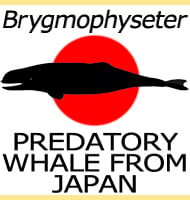Glossotherium
In Depth Although not as large as Megatherium, Glossotherium was one of the largest known ground sloths in North America, though not as large as Eremotherium. Even though Glossoherium is known from across the USA and Mexico however, its full geographical distribution extends into South America all the way down into Argentina. Like other ground … Read more
